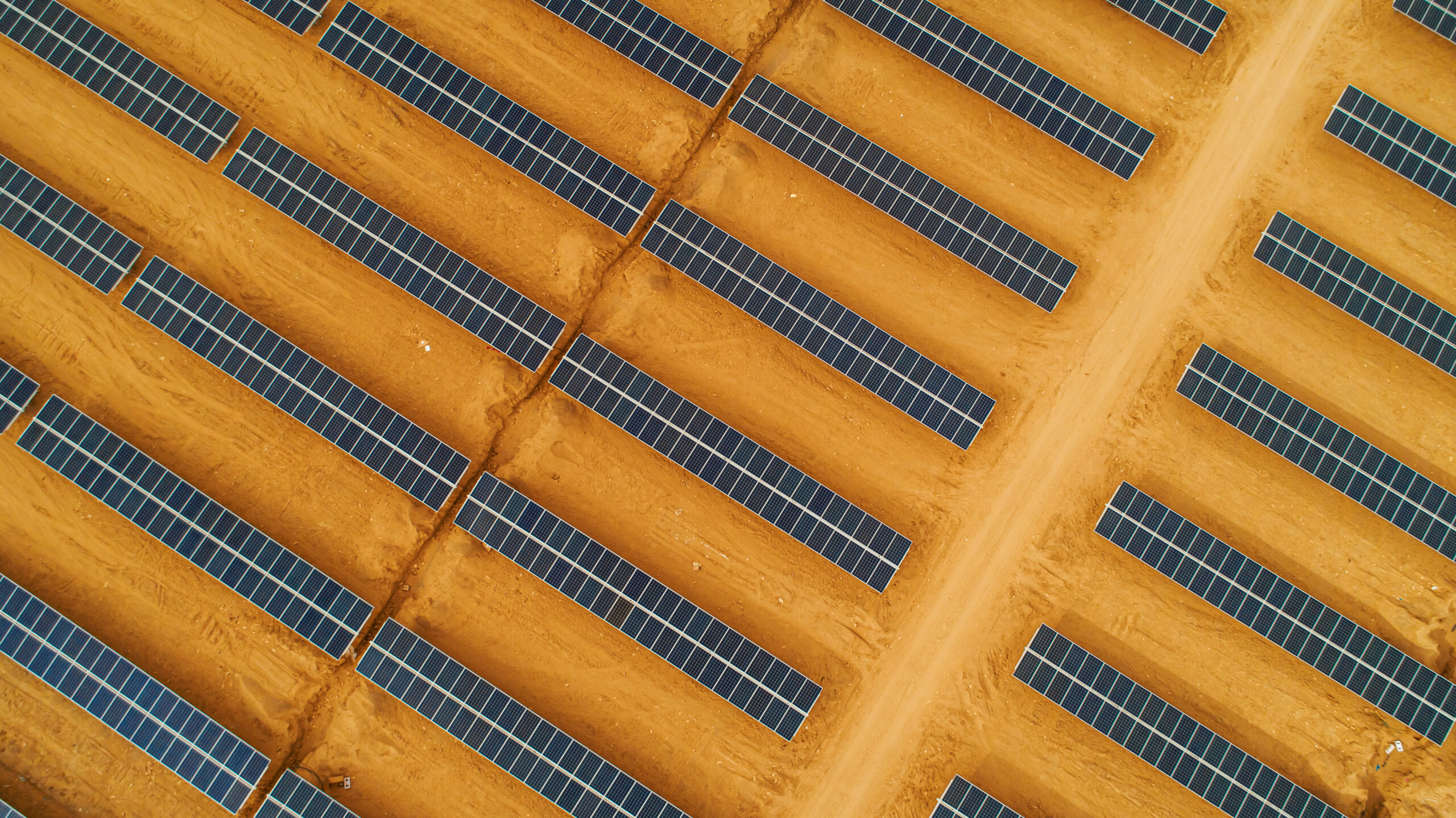12/07/2023
The automotive industry is making a significant shift towards eco-friendliness and the integration of solar power and transportation is becoming increasingly common in this space. Many well-known car manufacturers, including Hyundai, Kia, Toyota, Audi, Nissan, Fisker, Mercedes-Benz, Aptera, Lightyear, Sono Motors, Wolfgang Thundertruck, and The Squad Solar City, are exploring the potential of incorporating solar panels into their vehicles.
Solar Roofs in Modern Vehicles
Vehicle solar charging systems, such as solar roofs and lids (e.g. solar bonnets), are innovative technologies that allow vehicles to be charged using solar panels installed on the car. Such integrations are aimed at improving fuel efficiency and reducing carbon emissions. The stored electricity in the drive battery extends the driving distance, while the electricity stored in the starter battery reduces the alternator’s charging time, thereby improving fuel efficiency.
Solar roofs are not a novel concept in the automotive world. Toyota was one of the first to implement this technology back in 2012 with the Prius. However, the technology was limited, and the energy generated from the solar roof was only useful for auxiliary systems such as air conditioning. Today, the technology has significantly advanced, with modern vehicles like the Toyota Prius Prime and the American Karma Revero featuring much more efficient solar roofs.
However, the efficiency of today’s solar charging systems is still too low to be used as a primary power source to power the entire vehicle, and they are mainly used as an auxiliary power source providing a small amount of power for the car’s batteries. For example, Hyundai claims that their solar panel (if the car is left out in the sun) will provide enough electricity to power about 1300 km of driving distance per year, which equates to about 3.5 km per day. Although this is a considerable technological advance, for a solar roof to provide material benefits to most motorists, the technology still has a long way to go.
Current Challenges and Ongoing Development
Improving the efficiency of the solar roof for vehicles involves unique challenges due to the nature of the on-vehicle environment. In other words, it is not all about installing solar panels having the highest efficiency on the car surface. For example, the angle at which the sun’s rays enter the panel impacts on energy efficiency. Ideally, the panel should have a tilt angle close to or equal to the latitude of the region (typically between 30 degrees and 60 degrees in mid-latitude regions), but a typical car roof surface has a nearly 0-degree tilt angle, which explains its lower efficiency compared to properly angled rooftop panels. Furthermore, the available photovoltaic cell materials and structures suitable for use as solar panels on vehicle surfaces are limited in terms of durability, weight, volume cost, and varying weather conditions in different countries. In particular, the total weight and volume of solar panels are particularly important factors as integrating more efficient but heavier and bulkier solar panels on vehicles may lead to net loss in the vehicle’s operating efficiency due to the increased weight and air resistance. Hence, integrating solar power with vehicles requires a delicate balance between these multiple factors.
In view of these challenges, R&D in this area is becoming increasingly active. For example, Hyundai is developing on-vehicle integration of translucent panels. Such translucent panels can not only be used for solar roofs (e.g. as sunroofs) but also, depending on their transparency, be installed on window surfaces. This can increase the on-vehicle area that may be used for solar power generation, and also enable solar power to be generated using angled on-vehicle surfaces (e.g. windows), which can lead to higher power conversion efficiency. Moreover, continuing development of high-efficiency lightweight solar cell materials and panel structures, which is an active area of research for many other fields of technologies (e.g. space applications and space power generation) can also help further improve the balance between the efficiency of on-vehicle solar power generation and the efficiency of the vehicle itself.
As well as improving the physical panels themselves, work is also ongoing to change driving habits to adapt to using solar power sources. For example, in May 2023 Toyota were granted patent US 11,639,113 which relates to determining an optimal vehicle speed to improve solar energy collection. The determined optimal speed can be presented to a user to let them make their own mind up on whether to slow down and improve energy collection or press on to their destination. In some cases, the determined speed could even be used to automatically limit the top speed of the vehicle. It is likely that further software based driver aids like this will be introduced in order to improve energy efficiency.
Conclusion
Despite the rapid growth of this technology, there are still many challenges that need to be addressed for solar roofs and lids to have practical value. The challenges discussed above, like other challenges the solar energy and vehicle industry faced in the past, could be overcome by innovations. Patents play a vital role in securing the benefits of their R&D efforts and drive the industry forward, and in some cases can also lead to opportunities for collaboration by, for example, cross-licensing. Reddie & Grose has extensive experience in drafting and prosecuting patent applications in the fields of transport and sustainable vehicles, ensuring that our clients receive high-quality patents that protect their innovations. If you have any questions or would like more information, please contact one of our team members.
This article is for general information only. Its content is not a statement of the law on any subject and does not constitute advice. Please contact Reddie & Grose LLP for advice before taking any action in reliance on it.




